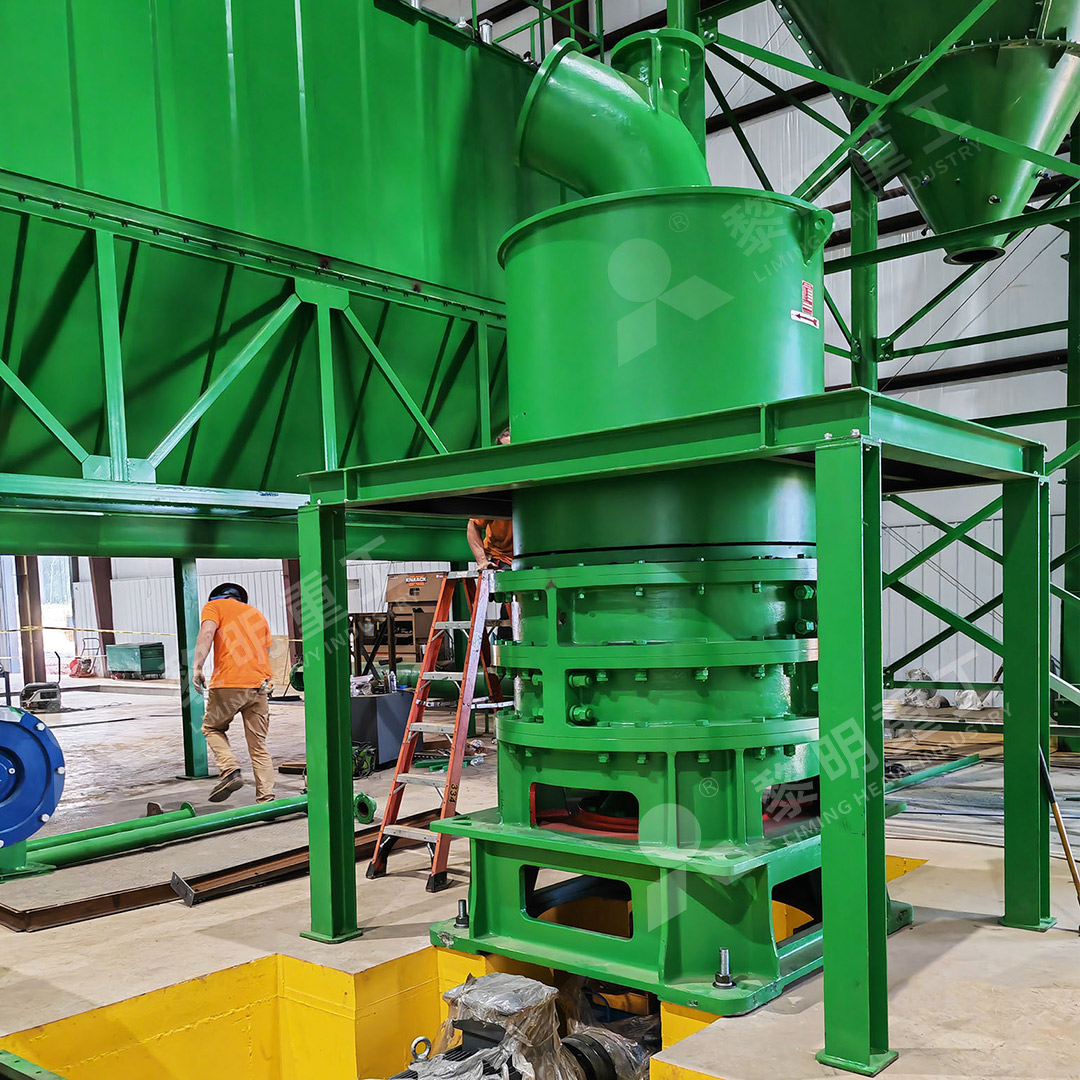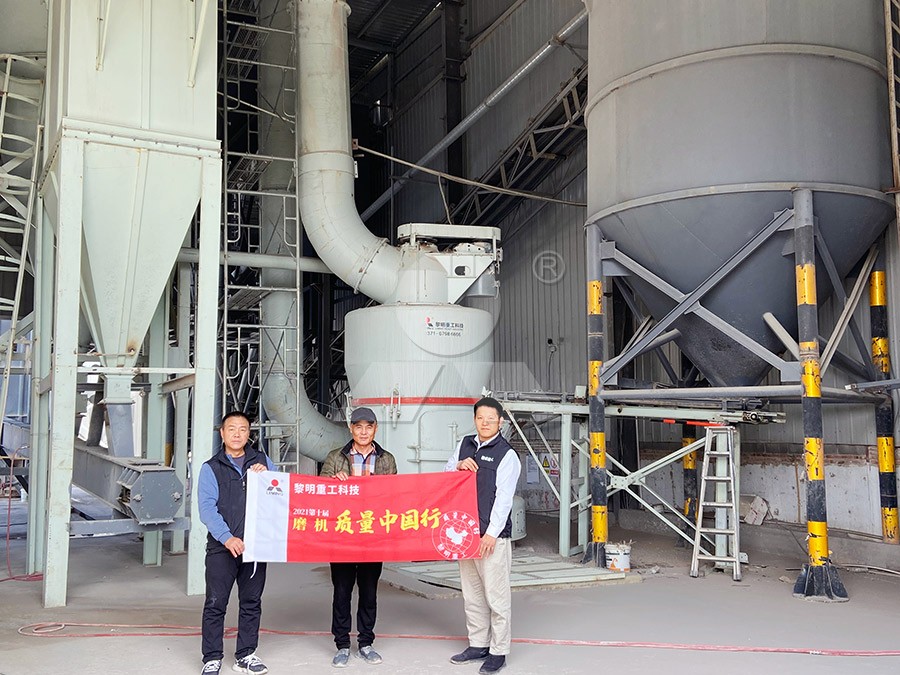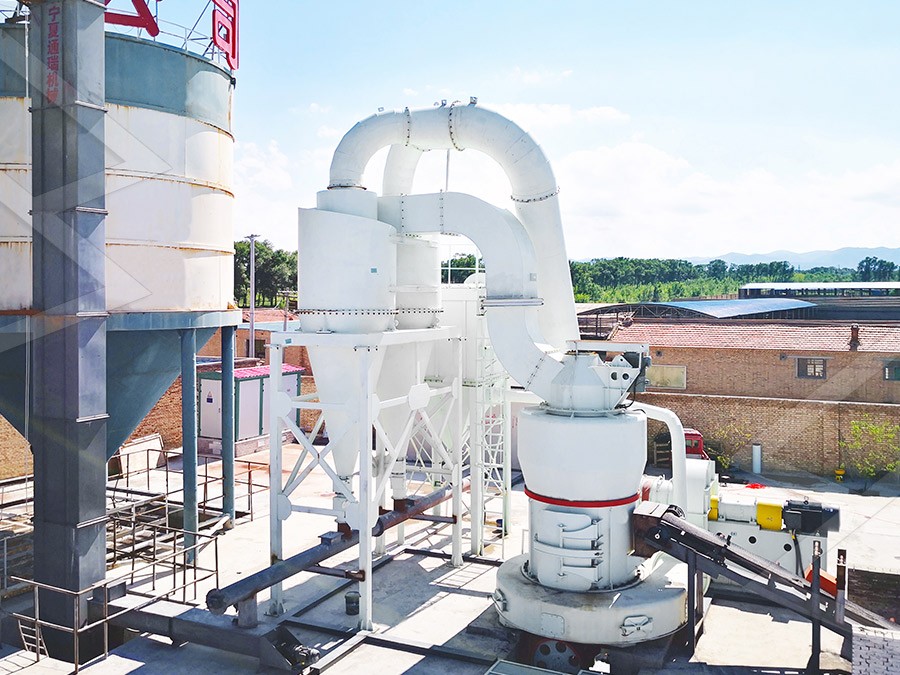Weifang Raymond Mill Vertical Grinding Machine Qingdao Xinsheng Best Quality
Advancing Industrial Grinding: The Pursuit of Excellence in Powder Processing
In today’s competitive industrial landscape, achieving optimal particle size distribution and production efficiency in powder processing operations can make the difference between profitability and stagnation. For operations managers and plant engineers seeking reliable grinding solutions, understanding the technological advancements in vertical grinding systems is paramount to making informed equipment decisions.

Our technical team has observed consistent challenges across multiple industries: energy consumption that erodes profit margins, maintenance downtime that disrupts production schedules, and environmental compliance requirements that demand sophisticated dust and noise control. These operational pain points have driven our engineering department to develop solutions that address these concerns directly.
Engineering Breakthroughs in Modern Grinding Technology
The evolution from traditional horizontal milling to vertical grinding systems represents one of the most significant advancements in powder processing technology. The vertical configuration naturally lends itself to more efficient material flow, reduced footprint requirements, and enhanced classification capabilities. What sets apart premium grinding equipment is how these inherent advantages are optimized through thoughtful engineering.
For operations requiring ultra-fine powder production, our MW Ultrafine Grinding Mill stands as a testament to this engineering philosophy. Designed specifically for customers who need to produce ultra-fine powder between 325-2500 meshes, this system addresses multiple operational challenges simultaneously. With an input size capacity of 0-20 mm and throughput ranging from 0.5 to 25 tph, it delivers remarkable versatility across various applications including limestone, calcite, dolomite, petroleum coal, gypsum, barite, marble, talc, and numerous chemical industry applications.
Operational Advantages That Impact Your Bottom Line
The MW Ultrafine Grinding Mill incorporates several proprietary technologies that translate directly to operational benefits. The newly designed grinding curves of the grinding roller and grinding ring enhance grinding efficiency significantly. In practical terms, this means production capacity that exceeds jet grinding mills and stirred grinding mills by 40% at equivalent fineness and power consumption, with yields doubling that of traditional ball grinding mills. Perhaps most impressively, the system energy consumption registers at just 30% of comparable jet grinding systems.

From a maintenance perspective, the elimination of rolling bearings and screws within the grinding chamber represents a revolutionary approach to reliability. This design decision eliminates concerns about bearing damage or seal failures, while preventing machine damage caused by loose screws – a common failure point in conventional systems. The external lubrication system enables continuous operation without shutdowns for maintenance, supporting 24-hour production schedules that maximize asset utilization.
Environmental Compliance Without Compromise
Modern industrial operations cannot overlook environmental responsibilities, and the MW Ultrafine Grinding Mill integrates environmental protection directly into its design. The efficient pulse dust collector ensures no dust pollution during operation, while the integrated silencer and noise elimination room reduce acoustic impact on workers and surrounding communities. The entire production system complies fully with national environmental protection standards, providing peace of mind for compliance officers and plant managers alike.
For operations requiring different specifications, our LUM Ultrafine Vertical Grinding Mill offers complementary capabilities with input sizes up to 10 mm and capacities ranging from 5-18 tph. This system incorporates the latest Taiwanese grinding roller technology and German powder separating technology, creating an integrated solution for ultrafine powder grinding, grading and transporting that has become the preferred choice in the ultrafine powder grinding industry.

Practical Implementation Considerations
When evaluating grinding equipment for your operation, consider not only the initial capital investment but the total cost of ownership. Equipment that reduces energy consumption by 30-50%, minimizes maintenance downtime through intelligent design, and maintains compliance with evolving environmental regulations delivers value far beyond the purchase price. Our technical support team works closely with clients to analyze specific application requirements and recommend the optimal configuration for their unique operational parameters.
Frequently Asked Questions
What maintenance requirements should I expect with the MW Ultrafine Grinding Mill?
The MW Ultrafine Grinding Mill is designed with minimal maintenance requirements. The absence of rolling bearings and screws in the grinding chamber eliminates common failure points. The external lubrication system allows for maintenance without production stoppages, and our comprehensive spare parts support ensures worry-free operation.
How does the MW Ultrafine Grinding Mill achieve such significant energy savings?
Energy efficiency results from multiple design factors: optimized grinding curves that maximize material removal per revolution, an advanced cage-type powder selector that reduces recirculation of already-sized particles, and overall system design that minimizes resistance and friction throughout the grinding and classification process.
Can the fineness of the final product be adjusted during operation?
Yes, the MW Ultrafine Grinding Mill features an adjustable fineness range between 325-2500 meshes. The cage-type powder selector with German technology allows precise control over particle size distribution, with the capability to achieve d97≤5μm in a single pass.
What industries typically utilize this grinding equipment?
Our grinding mills serve diverse industries including construction materials (limestone, marble, gypsum), chemical production (talc, barite), energy (petroleum coal), and specialized applications in cosmetics, pharmaceuticals, and food additives where ultra-fine powders with consistent characteristics are required.
How does the environmental performance compare to traditional grinding systems?
The integrated pulse dust collector and muffler system significantly outperform traditional open systems. The completely enclosed design operates under negative pressure to prevent dust escape, while noise reduction technologies create a better working environment and ensure compliance with industrial environmental standards.
